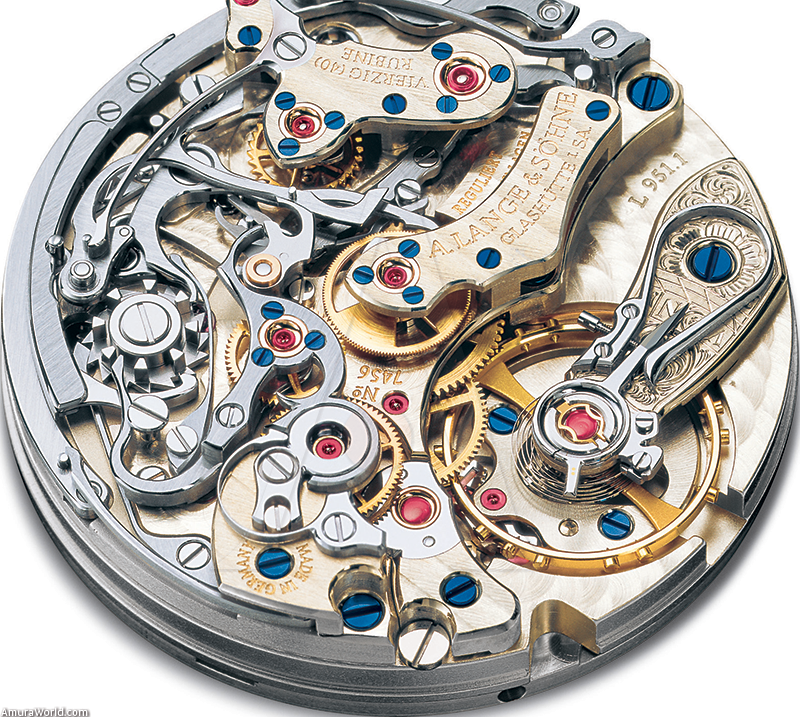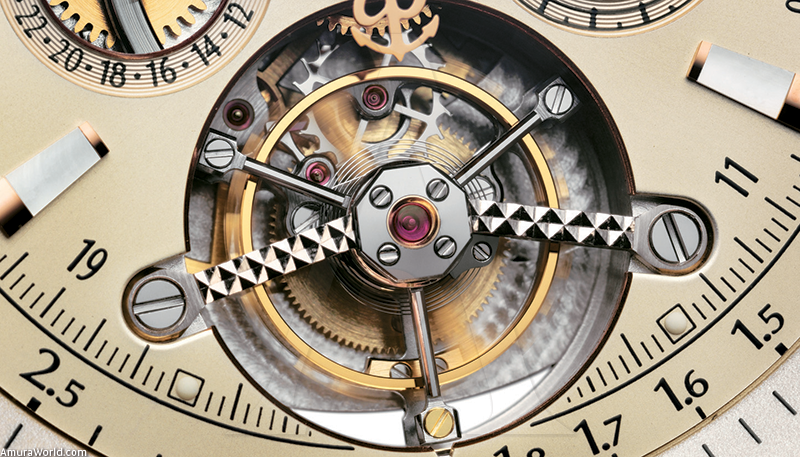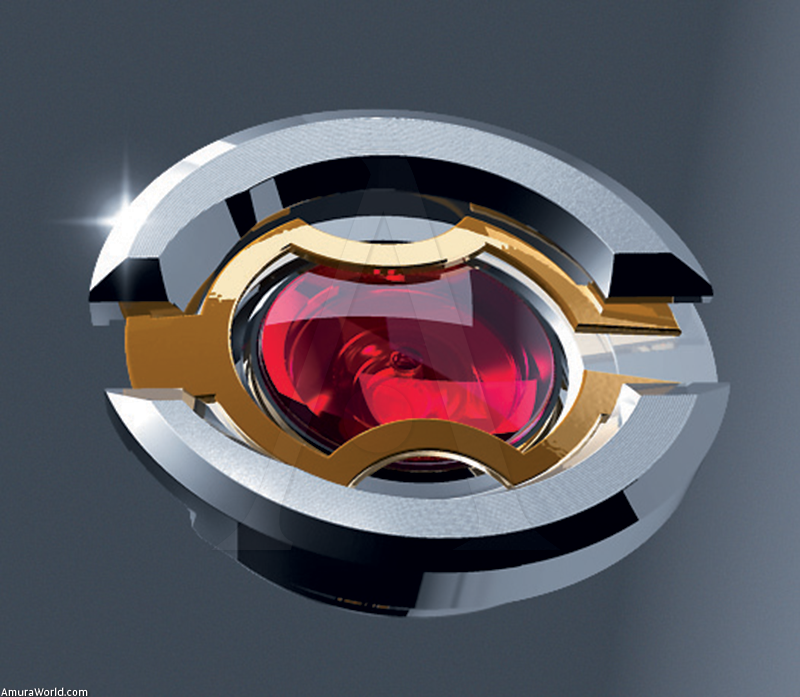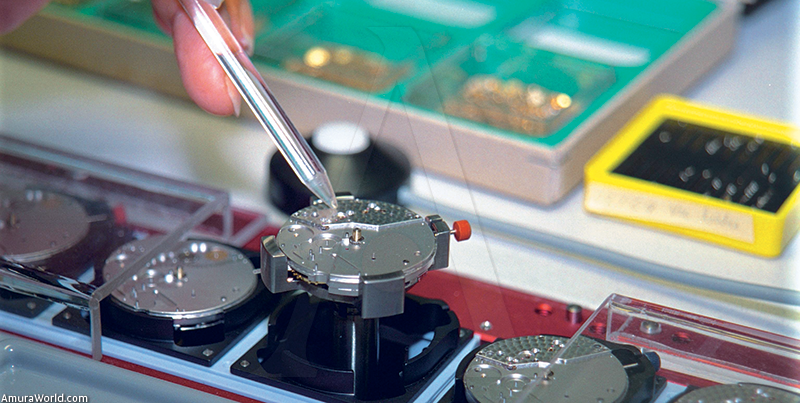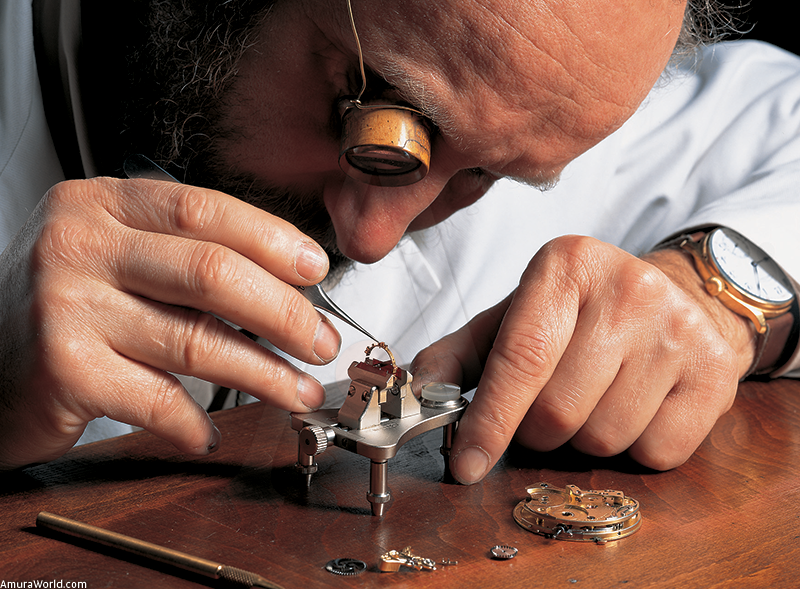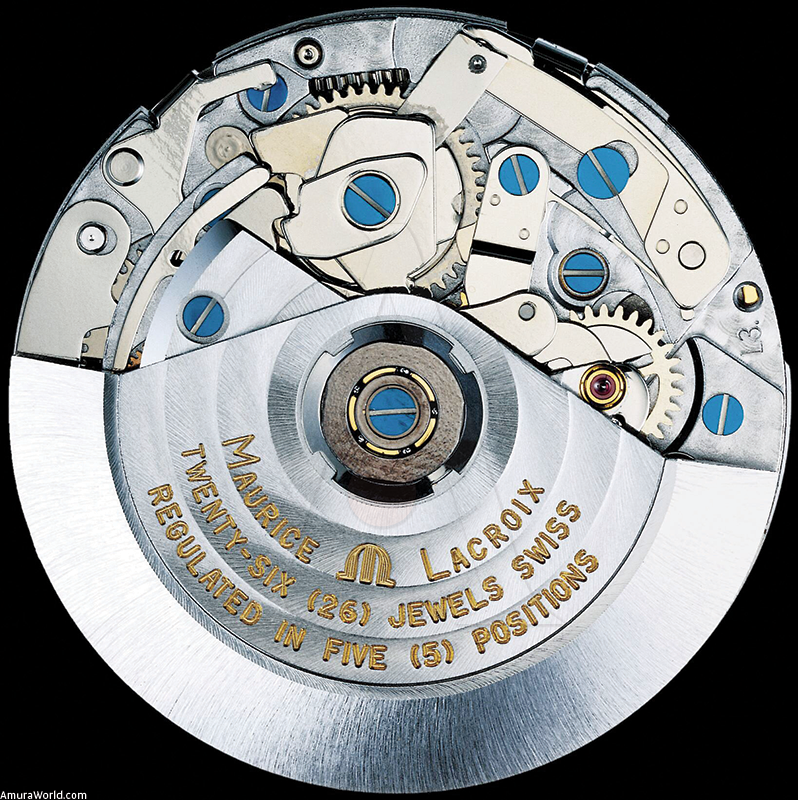When we are given life on a planet like ours and, together with it, our five senses, the message is clear: we are here to use them.
The pleasure of seeing the calm ocean or feeling the fine sand under our feet are samples of our infinite possibilities. And, between perceptions and pleasures, we start to ponder on the following.
Our body does not have an organ that measures time which is why we invented watches. And what pleasure can a watch give us but one that is not perceptible by our senses, that of possession Owning something really means understanding it. It serves no purpose to work hard to acquire something that we disregard. So, enjoy the essence of what produces the magical “tic-tock” of watches.
Appliques: These are the numbers and symbols stuck or riveted on the dial. On this Breitling they are cut in gold and decorated with mother-of-pearl.
Bezel: Retaining ring that holds the watch crystal over the case.
Calibre: The size of the watch. The term also refers to the dimension of the mechanism.
Complications: Additional functions of the watch, apart from displaying the hour, minute and second. The first and simplest of all is the one that indicates the date and day.
Escapement: The mechanism that “releases” the energy that maintains the oscillations of the balance wheel.
Grand strike: Mechanism that can automatically sound the hour and any of the quarter hours, as required.
Incabloc: A shock-proofing system, utilizing a small spring over the ruby, for protecting the axle of the wheel.
Jewels: When speaking about the mechanism it refers to the rubies that work as rotation surfaces for the different gears of a watch.
Mainspring: Spiral which, when compressed, provides the energy that the watch needs to function.
Oscillations: The number of back and forth movements of the wheel. The more there are the more precise the watch is.
Plate: Also known as the base plate, this is where most of the mechanical components are located.
Power reserve: The number of hours the watch can continue to function after winding it to the limit (maximum compression of the mainspring), either manually or automatically.
Rotor: In automatic winding mechanisms, a piece which turns freely, with the movement of the wrist, winding the mainspring.
Balance wheel: Together with the spiral, it produces the oscillation needed to regulate the watch’s movement.
Sapphire: Because is it scratch-resistant, it is the best material for manufacturing watch crystals.
Text: Tonatiuh ± Photo: AMURA

